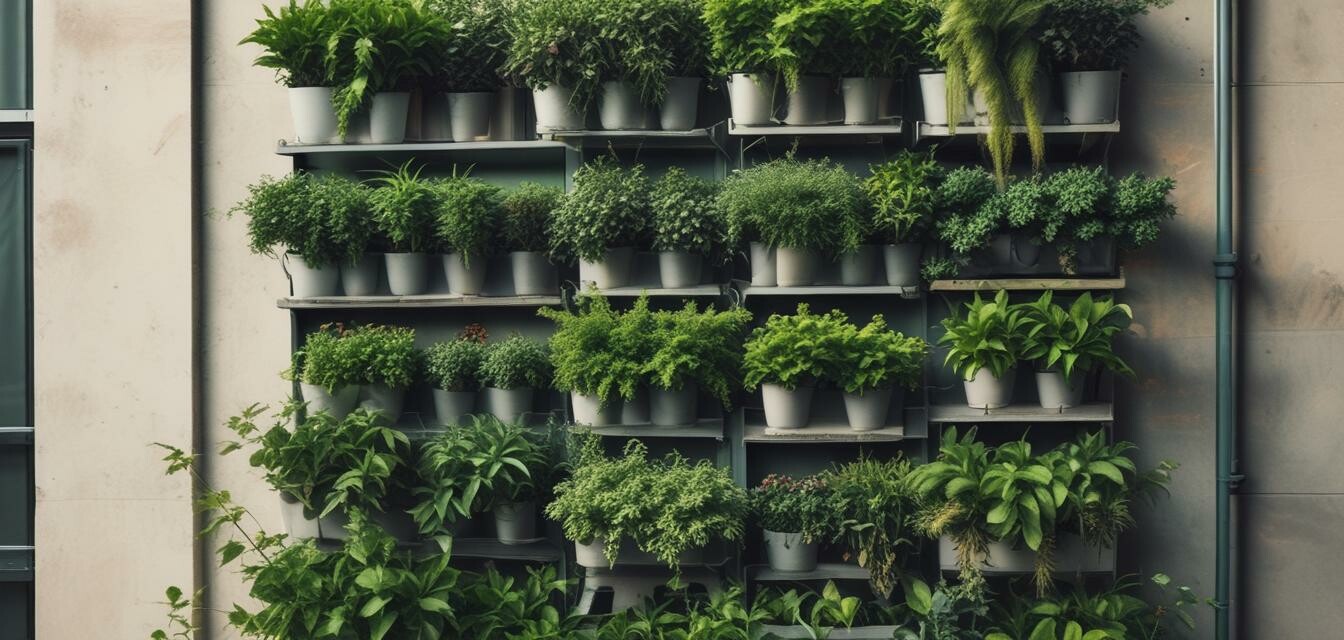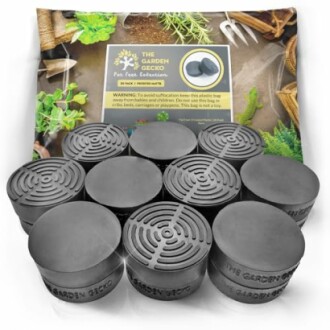
Maximizing Space with Vertical Hydroponics
Key Takeaways
- Vertical hydroponics saves space in urban environments.
- Efforts to utilize vertical structures increase plant yield.
- Soil-less gardening options reduce mess and maintain cleanliness.
- Hydroponics effectively use nutrient solutions for healthier plant growth.
- It's an ideal option for balconies where space is limited.
Vertical hydroponics is transforming the way urban dwellers approach gardening. With shrinking living spaces and an ever-increasing desire to grow fresh produce or beautiful plants, this gardening method provides a solution that saves space while maximizing yield. In this article, we will explore the benefits of vertical hydroponics and provide useful tips to help you get started on your balcony garden.
What is vertical hydroponics?
Vertical hydroponics involves growing plants in a soil-less environment, using nutrient-rich water solutions instead. This method not only enhances plant growth but also utilizes vertical spaces effectively. It's particularly appealing for urban gardeners who often lack ample horizontal space. The plants can grow upwards on walls, trellises, or specially designed vertical systems, making it a smart choice for balcony gardening.
Benefits of vertical hydroponics
- Space-saving: Vertical systems use less ground area and allow more plants within a limited space.
- Improved yields: Lower competition for nutrients and light can lead to higher crop yields per square foot.
- Water efficiency: Hydroponics uses less water than traditional gardening, making it eco-friendly.
- Pest control: Limited soil and superior airflow can help reduce pest problems.
Vertical hydroponics systems types
| System Type | Description | Best For |
|---|---|---|
| Vertical Tower Gardens | Stacked containers where plants grow upward. | Space constrained everything! |
| Wall-mounted Systems | Plants are placed in modules fixed to a wall. | Aesthetic urban settings. |
| Pallet Gardens | Recycled wooden pallets used as plant beds. | Eco-friendly enthusiasts. |
Getting started with vertical hydroponics
- Choose your system: Select a system that fits your space and gardening goals.
- Gather materials: You'll need growing mediums, nutrient solutions, and seeds.
- Plan your layout: Map out how your plants will be arranged to maximize space efficiency.
- Assemble the system: Follow the instructions provided with your kit or system.
- Maintain regularly: Monitor water levels, nutrient concentrations, and check for pests.
Recommended products for vertical hydroponics
Garden Gecko Invisible Pot Feet
Enhance your vertical setups with solid rubber pot risers that provide stability and prevent water accumulation.
Learn MoreMaintaining your vertical hydroponic system
Proper maintenance ensures healthy growth and a thriving garden. Here are some tips:
Maintenance Tips
- Check the water level daily and refill as needed.
- Regularly change your nutrient solution for maximum plant health.
- Inspect plants for signs of pests or disease.
- Ensure adequate light reaches all plants, adjusting their positions as necessary.
Common problems and solutions
| Problem | Possible Causes | Solutions |
|---|---|---|
| Yellowing Leaves | Insufficient nutrients or light. | Check nutrient levels and provide adequate light. |
| Pest Infestation | Overcrowding or poor air circulation. | Use organic pesticides and improve airflow. |
| Root Rot | Overwatering or poor drainage. | Reduce watering and ensure proper drainage. |
Final thoughts on vertical hydroponics
Adopting vertical hydroponics is a smart way to utilize limited space while encouraging healthy plant growth. With a variety of systems available, urban gardeners can enjoy the fresh produce and beauty of plants even in small areas. Consider investing in essential tools and products, and start maximizing your balcony space with vertical hydroponics!
Pros
- Space-efficient gardening solution.
- Reduced water usage compared to soil-based gardening.
- Greater control over plant nutrients.
- Pest management is often easier.
Cons
- Initial setup costs can be higher.
- Requires proper knowledge of nutrient management.
- Pumping systems may require electricity.
- Regular monitoring is essential.
6 x Pet Friendly House Plants
Ideal for urban spaces, these non-toxic houseplants brighten your home while keeping your pets safe.
Learn MoreExplore More
For more tips on balcony gardening, consider these informative resources:

